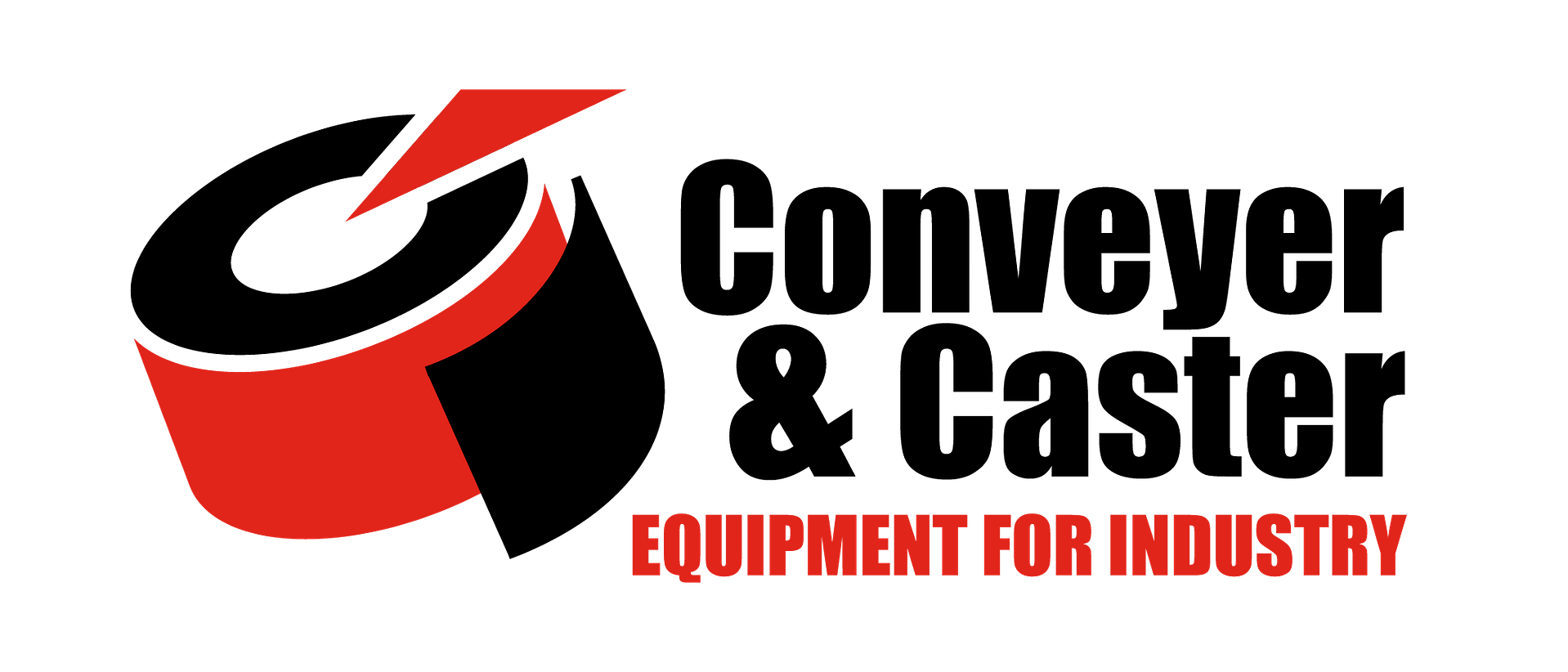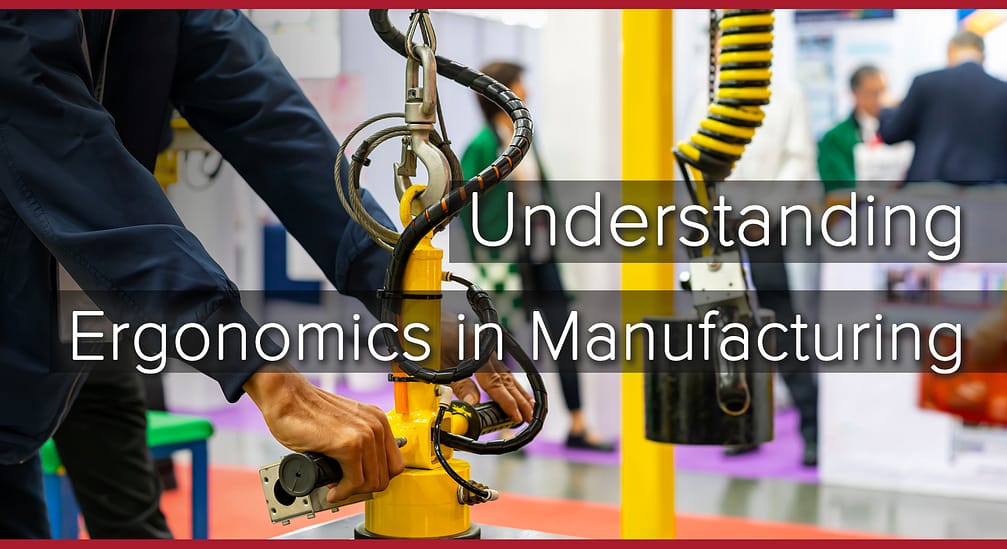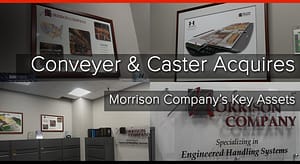Ergonomics, the science of designing tools, equipment, and workspaces to fit the capabilities and limitations of workers, continues to play an ever-increasing role in manufacturing. Ergonomic principles play a crucial role in promoting efficiency, comfort, and safety on the production floor, resulting in time and money savings and higher satisfaction and retention rates of employees. Proper ergonomic design can reduce the risk of injuries, such as strains and repetitive motion disorders, while also enhancing overall productivity. There are a limitless number of areas where the theories and concepts of ergonomics can be applied to. In this article, we’ve narrowed it down to some of the most important areas to focus on when it comes to making ergonomic choices for your employees in manufacturing environments.
Key Considerations for Ergonomic Tool and Material Placement
1. Worker Accessibility
The first step in determining the best placement of tools and materials is to consider worker accessibility. Tools and materials should be positioned within easy reach of the worker performing the task; limit worker twisting and reaching movements as much as possible in your positioning strategy and keep most commonly used items in the closest and easiest to access locations. This minimizes unnecessary movements, which in turn reduces the risk of strain injuries. Tools with retractable cords or hoses, such as cordless power drills or pneumatic tools with retractable hoses, can help prevent tripping hazards and allow for greater flexibility in positioning. These tethers also double as anti-loss or theft devices.
2. Workflow Analysis
Conducting a thorough analysis of the manufacturing workflow is essential for identifying opportunities for improvement in tool and material placement. By understanding the sequence of tasks involved in a process, manufacturers can arrange tools and materials in a way that minimizes unnecessary movement and promotes a smooth production flow. This method will also allow you to identify any bottlenecks in your production process. Furthermore, utilizing mobile workstations or carts equipped with adjustable shelving and tool organizers can facilitate the movement of tools and materials to different workstations as needed, optimizing workflow efficiency.
3. Weight Distribution
Consideration should also be given to the weight of tools and materials. Heavier items should be stored at waist height or lower to minimize the risk of back strain when lifting or carrying them. Hydraulic lift tables can help position heavy materials at the appropriate height for easy access and reduce the need for repetitive manual lifting. Additionally, ergonomic lifting aids such as vacuum lifters or hoist cranes can assist workers in safely handling heavy, awkwardly shaped, or bulky items without risking injury. These ergonomic lifting solutions can easily pay for themselves by preventing even just one injury.
4. Ergonomic Design of Tools and Equipment
In addition to placement, the design of tools and equipment themselves can impact ergonomics. Manufacturers should prioritize the selection of tools with ergonomic handles, adjustable grips, and other features that reduce strain on the hands and wrists. For example, ergonomic hand tools with padded handles or angled grips can reduce hand fatigue during prolonged use. Similarly, adjustable ergonomic chairs or anti-fatigue mats can help alleviate discomfort for workers who spend long hours standing or seated at workstations. Any manually moved heavy equipment should also be assessed to ensure the casters and wheels feature ergonomic benefits to reduce push and pull forces and hence back injuries. These ergonomic features can include easy to move precision ball bearing wheels and swivel sections, increased swivel leads for easier steering and tracking, and toe guards for added foot safety.
5. Workstations and Workbenches
Workstations and workbenches are pivotal in manufacturing, offering a dedicated space for efficient task performance. By employing adjustable-height workbenches to accommodate workers of varying statures and minimize strain, companies can reduce fatigue and injuries associated with it. Additionally, incorporating organized tool storage directly into workstations to streamline workflow and reduce search time. Tailor workstations to specific tasks, providing ergonomic seating, specialized lighting, and ventilation as needed. Utilize modular designs for flexibility and anti-fatigue mats for prolonged standing comfort. By investing in ergonomic workstations that are more personalized to the wellbeing of your employee and their tasks, manufacturers enhance worker satisfaction, safety, and productivity simultaneously.
6. Worker Impact and Feedback
Manufacturers should prioritize worker impact and feedback when implementing ergonomic improvements. Actively seek input from workers regarding their experiences with ergonomic changes and their suggestions for further improvements. Workers who are directly involved in the production process often have valuable insights into areas where adjustments can be made to enhance comfort, efficiency, and safety. By incorporating worker feedback into decision-making processes, manufacturers can create a more ergonomic and worker-friendly environment that fosters greater satisfaction and productivity among employees.
Conclusion
In cutting-edge manufacturing, safety and efficiency are paramount to keeping business operations running smoothly. By paying attention to the ergonomic placement of tools and materials and leveraging appropriate products and machines, manufacturers can streamline production processes, reduce the risk of injuries, and enhance overall productivity. By considering factors such as worker accessibility, workflow analysis, weight distribution, and ergonomic design, manufacturers can create a safer, more efficient workplace that benefits both workers and the bottom line. Interested in learning how we can help you maximize the ergonomic value of your workplace? Drop us a line in the Contact Us form to learn all about how Conveyer & Caster can take the ergonomics of your facility to the next level.








